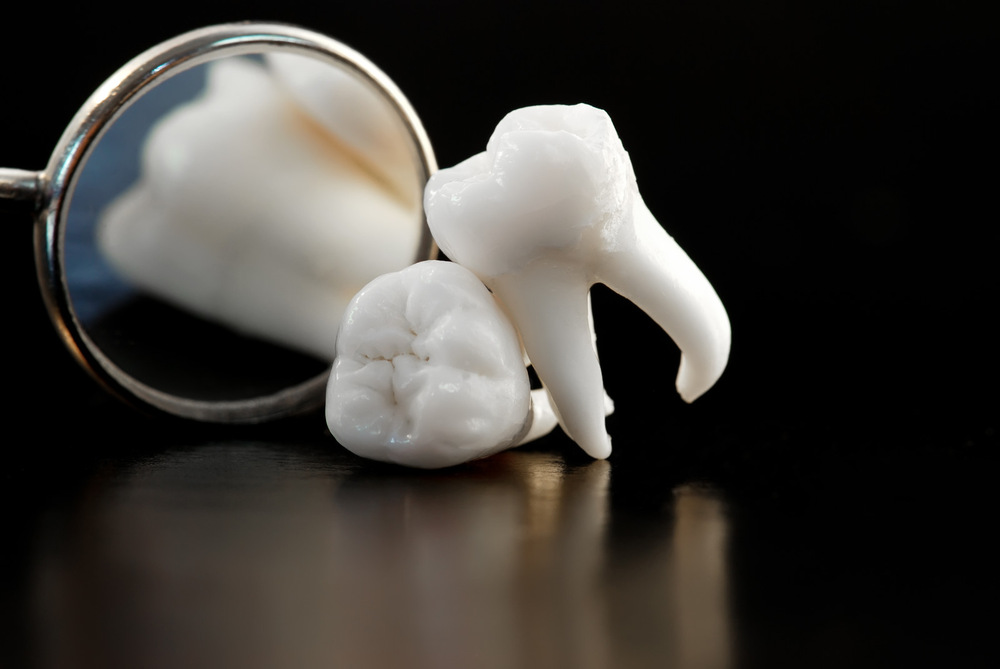When a tooth is badly damaged or infected, a root canal is necessary to stop future problems and potential tooth loss. The affected pulp of the tooth must be removed, the root canals must be thoroughly cleaned and sanitized, and finally, the root canals must be sealed to prevent reinfection.
Dentists can effectively execute a root canal treatment near you and save teeth from being extracted using a systematic approach. The step-by-step procedure guarantees that each treatment step is carried out correctly, giving the patient the most favourable result possible.
Explaining the Process
A root canal operation, commonly called endodontic treatment, is a type of dental surgery carried out to restore and preserve a tooth that has been seriously injured or diseased. The interior of the tooth’s diseased or damaged pulp must be removed, and the root canals must be cleaned, disinfected, and sealed to stop the spread of infection.
A detailed description of the root canal procedure is as follows:
Step 1. Examination and x-rays: Our dentist begins by examining the tooth and taking x-rays to assess the extent of the damage and determine if a root canal is necessary. If a root canal is recommended, our dentist will explain the procedure and discuss the options for anesthesia to ensure your comfort during the treatment.
Step 2. Anesthesia: Local anesthesia is administered to numb the tooth and the surrounding area. This helps to ensure that you experience minimal discomfort throughout the procedure.
Step 3. Accessing the pulp chamber: Our dentist creates a small opening in the tooth’s crown to access the pulp chamber. This is usually done using a dental drill.
Step 4. Removing the infected pulp: Our dentist gently removes the diseased or injured pulp tissue from the pulp chamber and the root canals using specialized dental tools called files. After that, the canals are cleansed and shaped to eliminate any last bits of dirt or germs.
Step 5. Irrigation and disinfection: Our dentist flushes the root canals with an antimicrobial solution to disinfect them and remove any remaining debris. This helps eliminate bacteria and reduce the risk of reinfection.
Step 6. Filling the canals: After the canals have been thoroughly cleaned and sanitized, they are filled with gutta-percha, a biocompatible substance that closes the canals and keeps germs out.
Step 7. Restoring the tooth: After the root canals are filled, our dentist may place a temporary filling to protect the tooth. In some cases, a dental crown may be recommended to provide additional strength and protection for the tooth. The crown is usually placed during a subsequent appointment.
Receiving a root canal treatment is a highly successful solution when it comes to saving severely damaged or infected teeth. It allows you to retain your natural tooth and avoids the need for extraction while relieving pain and restoring oral health. Regular dental check-ups with our dentist in West Edmonton and good oral hygiene practices are essential to maintaining the health of the treated tooth and preventing further dental problems.
Is a Root Canal Painful?
Our dental doctor will use local anesthesia to numb the region around the tooth during the root canal surgery to ensure you feel as little pain or discomfort as possible. As a result, a root canal operation shouldn’t be painful.
It’s crucial to remember that you can feel a little sore or sensitive in the days after the treatment. With the help of over-the-counter pain relievers, this discomfort usually becomes manageable and subsides in a few days.
It’s important to note that the infection or damage to the tooth—rather than the root canal procedure itself—causes the pain or discomfort that frequently necessitates a root canal. You are actually treating the cause of the discomfort and attempting to relieve it by having a root canal.
It is advised to share your worries with our dentist if you are worried about experiencing discomfort or pain during a root canal operation. They can provide you with particular details about the actions they’ll take to guarantee your comfort during the course of the therapy.
What Happens if the Infection isn’t Treated?
If an infection in a tooth is not treated, it can lead to several potential complications and negative consequences. The infection can spread to the surrounding tissues, such as the gums, jawbone, or nearby teeth, resulting in abscesses or pockets of pus. This can cause severe pain and further complications.
Untreated dental infections often cause persistent and increasing pain, making eating, speaking, or performing daily activities difficult. If the infection progresses without treatment, it can lead to the destruction of the tooth structure and its supporting tissues, ultimately resulting in tooth loss.
In rare cases, untreated dental infections can enter the bloodstream and potentially spread to other parts of the body, leading to severe systemic complications such as endocarditis, brain abscesses, or pneumonia. Additionally, evidence suggests that untreated dental infections may contribute to chronic health issues like cardiovascular disease, diabetes, and respiratory infections. Seeking prompt dental care is crucial to preventing further complications and preserving oral and overall health.
Conclusion
It is essential to remember that a root canal operation may call for multiple appointments depending on how complicated the situation is. Due to the use of local anesthetic, the treatment itself is usually not unpleasant. However, there may be some brief soreness or discomfort following it, which may be treated with over-the-counter painkillers.
With root canal therapy at Westside Family Dental, you may keep your original tooth while getting the pain relief and regaining dental health while preserving severely damaged or infected teeth. Be sure to speak with our dentist for individualized advice if you have any worries or queries concerning the operation.
